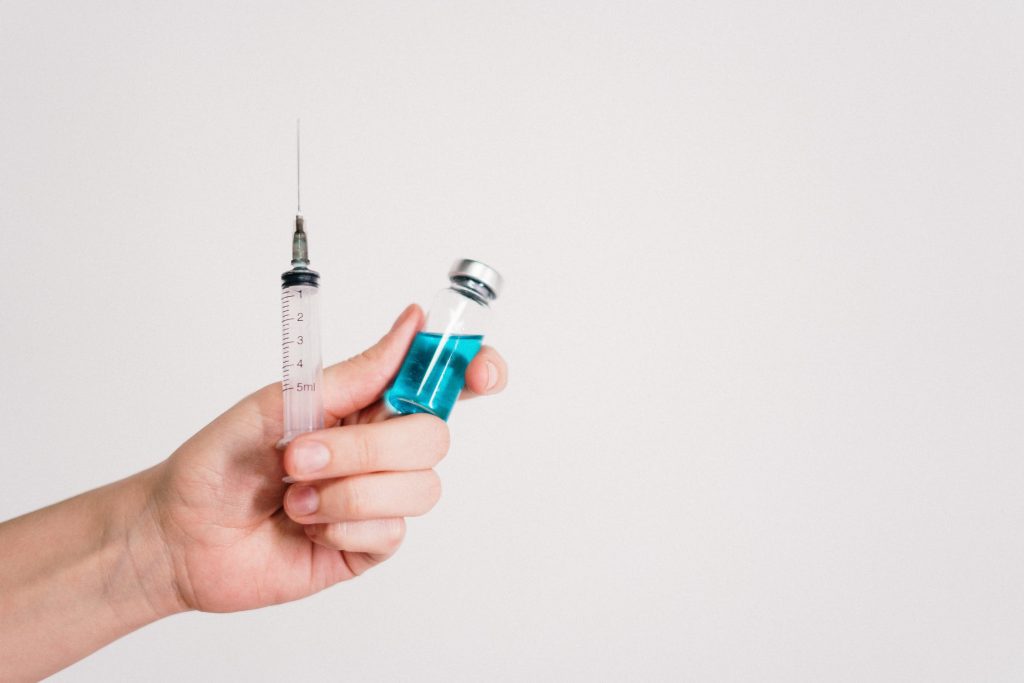Vaccines typically take 10-15 years to create. With the COVID-19 vaccine, it took less than two years. There’s much speculation about the Pfizer vaccine whether it’s trustworthy or safe for the public. Yesterday, we provided facts against vaccine myths. Today, we thought we’d break down the process of creating a vaccine to perhaps provide more context behind the development process.
There are six stages to completing and approving a vaccine safe for the public:
- Exploratory Stage: Basic laboratory research is done with natural or synthetic antigens. Antigens can be virus-like particles, weakened viruses or bacteria, weakened bacterial toxins, or other substances derived from pathogens. This stage usually lasts 2-4 years.
- Pre-clinical Stage: Animal subjects are tested upon to assess the safety of immunogenicity or the ability to create an immune response. This stage usually lasts 1-2 years.
- Clinical Development: This is a three-phase process where volunteers receive the vaccine in trials. Many studies are performed in the “Clinical Development” stage to determine a vaccine’s safe usage for the public while considering each person’s age and physical health. To get more in the technicalities, click the following link: https://www.historyofvaccines.org/content/articles/vaccine-development-testing-and-regulation
- Regulatory Review and Approval: The following questions are answered: Does the vaccine prevent disease? Does it prevent infection from pathogens? Does it lead to antibodies?
- Manufacturing Quality Control: The United States FDA’s Center for Biologics Evaluation and Research regulates vaccines in the U.S. Once a vaccine is approved, The FDA monitors production activity and can request a manufacturer to submit results of their tests for inspection.

